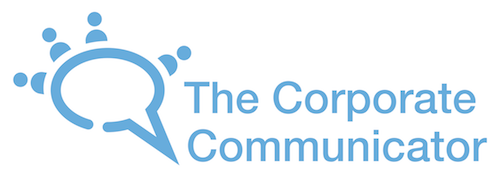I have been involved in drafting and promoting quite a few so called social media guidelines – including for GIZ and Daimler. Social media guidelines are basically a tool to sensitize your employees for how they might be seen when blogging or posting on social networks. This is important as individual employee behavior on social media might eventually have a reputational effect on your brand or company.
Here an example: Imagine that an issue about Mercedes engines is discussed on a social network. Now obviously a contribution by someone who obviously works as an engineer at Mercedes is perceived differently if it was a post by someone who apparently has a completely different background, right? This is a phenomenon that people are not always aware of. Also it is important to familiarize them with rules about company secrets or communication etiquette. Those are issues that traditionally were mainly relevant for a company’s professional communicators – but with social media, every employee is becoming somewhat a corporate communicator, especially when they openly associate themselves with the brand (which some companies encourage others don’t).
When creating such Social media Guidelines there are a few things to keep in mind, and the colleagues at Meltwater have collected a few typical elements of such policies on their blog:
https://www.meltwater.com/blog/training-employees-to-use-social-media-top-10-guidelines-for-social-media-participation/
Usually, you want to give employees advice on how to protect their privacy, how (not) to discuss competitor issues, or how it might be advisable to maybe not at all communicate about certain topics in a crisis. Take a look at the above list and also check out some examples of bigger companies – just google for Social Media Guidelines or Policy for a few companies. You can find the Daimler Social Media Guidelines – that basically serve as an advisory to employees – here in English and German.
But don’t forget: the work isn’t done when you have drafted a nice 2-page guideline. You have to actually make your employees aware of them and in the best case train them. The means to achieve that are varied and cover all elements of good internal communication. Use your intranet and employee magazine to introduce them and discuss some specific cases. Conduct workshops for interested employees or for popular social media users. Make managers aware of the guidelines so that they can discuss them in their team meetings or can refer to them if they are confronted with a social media issue in their team.
